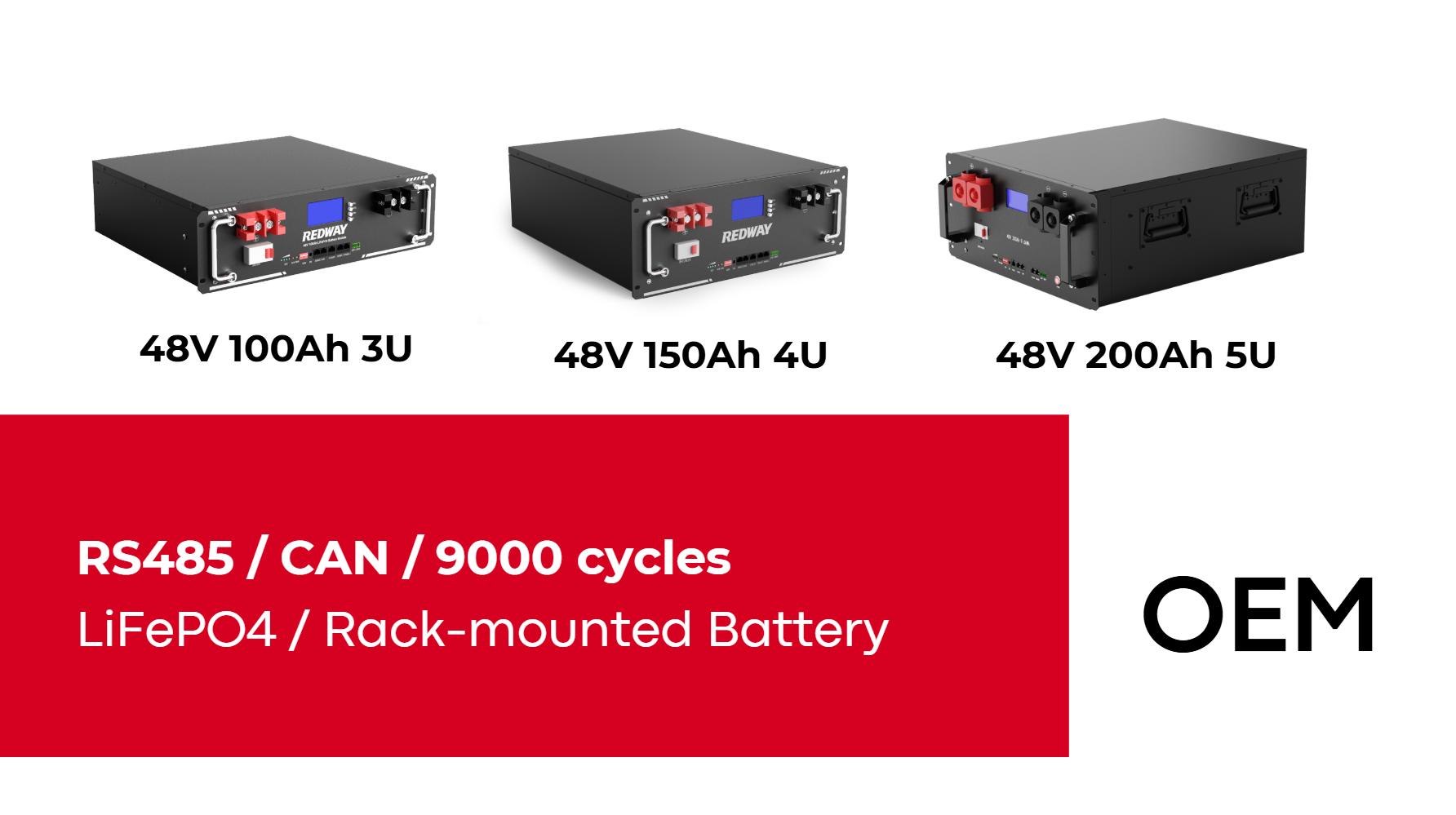Batteries are not renewable energy sources themselves but store energy generated from renewables like solar or wind. Renewable energy refers to naturally replenishing sources, while batteries are storage devices. Their sustainability depends on materials, lifespan, and recycling. Lithium-ion batteries dominate the market, but alternatives like flow batteries or solid-state tech aim to improve eco-friendliness and efficiency.
What Defines Renewable Energy and How Do Batteries Fit In?
Renewable energy comes from inexhaustible natural sources like sunlight, wind, and geothermal heat. Batteries, however, are energy storage systems (ESS) that hold electricity for later use. They bridge gaps between renewable generation and demand but aren’t energy sources themselves. For example, solar panels generate power, while batteries store excess daytime energy for nighttime use.
How Do Batteries Enhance Renewable Energy Systems?
Batteries stabilize grids by storing surplus renewable energy and discharging it during low-production periods. Tesla’s Powerwall and utility-scale lithium-ion installations prevent waste and reduce fossil fuel reliance. In 2023, California’s battery storage prevented 1.2M tons of CO2 emissions by offsetting natural gas “peaker plants” during evening demand spikes.
Which Battery Types Are Used in Renewable Energy Storage?
Lithium-ion batteries dominate due to high energy density (200-300 Wh/kg) and declining costs (89% drop since 2010). Alternatives include:
- Flow Batteries: Use liquid electrolytes (vanadium or zinc-bromine) for scalable, long-duration storage.
- Solid-State Batteries: Safer, higher-capacity tech emerging post-2030.
- Lead-Acid: Low-cost but short lifespan (3-5 years).
What Environmental Challenges Do Batteries Pose?
Battery production requires mining lithium, cobalt, and nickel—processes linked to habitat destruction and water pollution. Recycling rates remain low (5% for lithium-ion), though companies like Redwood Materials aim to recover 95% of materials by 2025. Thermal runaway risks and landfill toxicity also drive research into biodegradable electrolytes.
How Does Battery Lifecycle Analysis Impact Sustainability?
A 2022 MIT study found lithium-ion batteries used with renewables have a 60-70% lower carbon footprint than fossil grids. However, mining and manufacturing account for 40% of their lifecycle emissions. Second-life applications (e.g., repurposing EV batteries for grid storage) extend usability before recycling.
How Do Batteries Compare to Other Renewable Storage Methods?
Pumped hydro (90% of global storage) offers larger capacity but requires specific geography. Compressed air energy storage (CAES) is location-flexible but less efficient (50-60% vs. 85-95% for lithium-ion). Hydrogen storage suits long-term needs but faces high conversion losses (35-45%). Batteries excel in rapid response and modular deployment.
What Policies Promote Sustainable Battery Use in Renewables?
The EU’s Battery Regulation (2027) mandates 70% lithium recovery and carbon footprint labeling. U.S. Inflation Reduction Act offers $45/kWh tax credits for domestically produced batteries. India’s Production-Linked Incentive (PLI) scheme targets 50GWh of advanced cell manufacturing by 2026.
Expert Views
“Batteries are the linchpin of renewable adoption. While not renewable themselves, advancements in sodium-ion and closed-loop recycling will shrink their environmental debt. At Redway, we’re integrating AI-driven battery management systems to optimize lifespan, ensuring each unit delivers 15+ years of service.” — Redway Energy Storage Solutions Team
Conclusion
Batteries aren’t renewable energy sources but critical enablers. Their sustainability hinges on ethical material sourcing, efficient recycling, and pairing with truly renewable generation. Emerging technologies and policies aim to resolve current limitations, positioning batteries as pillars of the net-zero transition.
FAQs
Can batteries be 100% recycled?
Current recycling recovers 50-70% of materials, but startups like Li-Cycle and Northvolt target 95% recovery by 2030 using hydrometallurgical processes.
Are lithium batteries worse for the environment than fossil fuels?
No. Over their lifespan, lithium batteries used with renewables cut emissions by 80% compared to coal-powered grids, per 2023 IPCC data.
What’s the most eco-friendly battery?
Solid-state sodium-ion batteries (prototype phase) use abundant materials and avoid cobalt. Current top options are LFP (lithium iron phosphate) batteries with low cobalt content.




